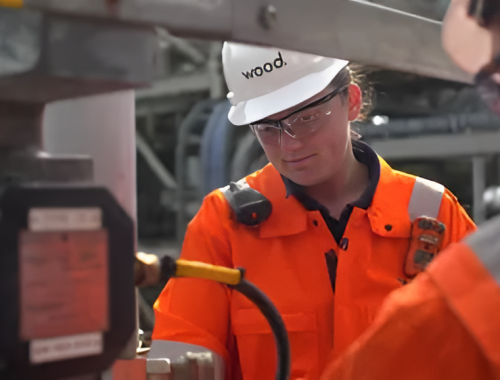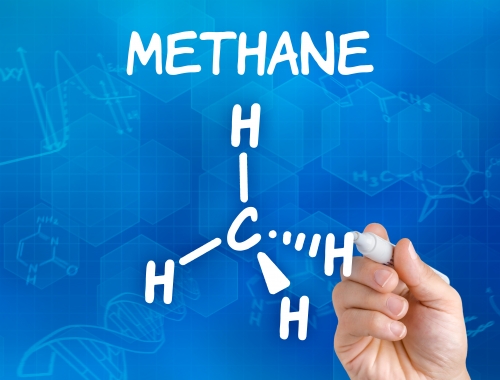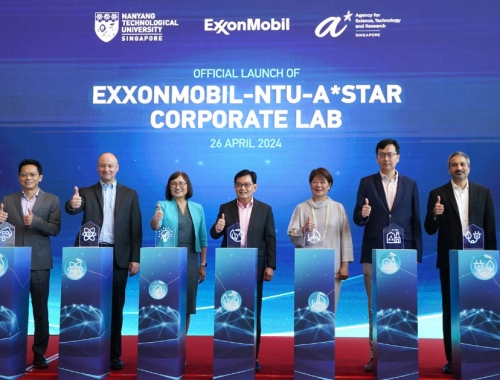Humber becomes focus of UK CCS efforts
SUMMARY
The efforts have already attracted the support of many international businesses and organisations, are likely to make an impression on policymakers looking to decarbonise other emissions centres across the globe. [image credit: East Coast Cluster]
By Gary LakesCompanies in one of the UK’s most industrialised areas are taking on the task of decarbonising industrial operations in the region and storing CO2 away in underground vaults comprised of aquifers and expended gas fields off the coast of the Humber region of northeast England. A number of companies have partnered up to implement projects that require huge investments designed to save jobs, create jobs, and move the UK towards its net-zero targets.
The UK Committee on Climate Change, an independent body set up in 2008 to advise the government on emissions targets and to report to parliament on what progress is being made in reducing greenhouse gas emissions, has determined that carbon capture and storage (CCS) is a necessity and not an option if the UK is to meet its net zero targets. It urges the government to make an equal commitment and effort to support both CCS and other clean technologies that will keep pace towards those goals and lead to clearer energy production and usage, and a low-carbon environment.
A key step in that direction is being taken with the formation of ‘clusters’ – groups of industries and companies joining together to combined their captured carbon emissions through shared infrastructure to secure CO2 away deep beneath the sea floor. Industries in the region of the Humber have formed into a number of joint projects designed to do just that and the plan looks to hold the potential for success.
The East Coast Cluster is one of the first to gain support from the UK government. It covers the Humber and Teesside region of northeastern Britain and is the source of a large portion of the country’s industrial emissions. The cluster includes a diverse mix of low-carbon projects – from carbon capture to low-carbon hydrogen production, to negative emissions power, and power generation from carbon capture. In their effort to cut emissions, UK companies are developing new technologies that should prove essential in meeting net-zero targets in the UK and possibly elsewhere.
The East Coast Cluster is being developed from two adjacent carbon capture, utilisation and storage (CCUS) hubs – Net Zero Teesside and Zero Carbon Humber through a consortium of 14 companies in the region including members of the Oil and Gas Climate Initiative (OGCI) and led by BP. The cluster looks to decarbonise the region through the development of low carbon hydrogen, carbon capture and carbon removal technology. Together, the Teesside and Humber hubs could capture and store up to 27mn tonnes/year of CO2 by the mid-2030s. This would account for nearly half of all the emissions from the UK’s industrial clusters, according to the project’s website.
The Teesside project is getting started with a new gas-fired power station with a post-combustion carbon capture unit linked to a pipeline with a capacity large enough to carry CO2 from other sources including a fertiliser plant, a hydrogen plant and a biomass power plant.
CO2 captured by the cluster is to be stored in a saline aquifer known as the Endurance Reservoir which is 145 km offshore and about 1.6 km below the seabed of the North Sea. The reservoir is estimated to be capable of safely storing 450mn t of CO2. Storage in the region could be expanded to nearby reservoirs capable of taking up to 1bn t. The storage operation will be managed by the Northern Endurance Partnership, formed in 2020 and including BP, Equinor and TotalEnergies.
South of the Endurance reservoir, Viking CCS is developing infrastructure to transport and store CO2 at other depleted offshore reservoirs. Led by Harbour Energy and joined by BP, Viking CCS plans to being operations in 2027 and be able to store 10mn t of CO2 annually by 2030 and 15mn t by 2035. The depleted Viking gas fields are estimated to be able to hold 300mn t of CO2.
The project is making use of existing infrastructure, like the Lincolnshire Offshore Gas Gathering System (LOGGS), a 36-inch diameter pipeline that is ideal for transporting the captured CO2 to the Viking storage reservoirs. The joint venture also has access to a planned new CO2 shipping terminal at the Port of Immingham that could receive shipped CO2 from carbon emitters elsewhere in the UK or from foreign sources.
Phase one of Zero Carbon Humber, or Humber Zero, involves the Phillips 66 refinery and the VPI Immingham power station and the initial removal of 3.8mn t/yr from the Immingham industrial area by around 2027 and up to 8mn t/yr in the next phase.
Humber Zero emissions capture will focus on the refinery and power station emissions. Solvents will be used to capture CO2 and compress it into a ‘dense-phase’ fluid. This will then be transported 60km via the new onshore V-Net Zero pipeline to the Theddlethorpe terminal where it will connect with the existing and revamped Lincolnshire Offshore Gas Gathering System (LOGGS), which will be used to transport the captured CO2 to the Viking CCS storage sites.
The Equinor Hydrogen to Humber (H2H) Saltend project will be connected to the system. Equinor will build one of the largest hydrogen production facilities with carbon capture installed at the Saltend Chemicals Park. CO2 from the facility will be compressed at Centrica’s Storage’s Easington’s site and transported by pipeline from the Northern Endurance Gas Terminal to the offshore saline acquifer.
H2H Saltend will be the starting point for a CO2 and hydrogen pipeline network for connecting energy-intensive industrial sites throughout the region such as power stations, cement works, steel factories. And it will offer companies the option to directly capture their emissions and/or switch their fuel source to hydrogen. This will result in the Humber Zero partners connecting their infrastructure to the pipelines that will either deliver hydrogen or carry CO2 away. H2H Saltend will produce clean (blue) hydrogen, made by using natural gas, and eventually green hydrogen, produced through the process of electrolysis.
Other participants include the Drax power plant near Selby that will produce bioenergy and use carbon capture and storage. Due to become operational in 2027, it is designed to be the world’s first carbon negative power station by 2030. The Keadby carbon capture power station near Scundthorpe west of Immingham is to be the UK’s first gas-fired power station with CCS by the mid-2020s. And Uniper’s Killingholme plant in Immingham will produce clean hydrogen, in keeping with German-based Uniper’s pledge to be carbon-neutral throughout Europe by 2035.
The parties involved in the Humber and Teesside CCS projects look to transform northeastern Britain into the UK’s first net zero carbon region by 2040 through cooperation. Their effort has already attracted the support of many international businesses and organisations, and is likely to make an impression on other policymakers lookiing to decarbonise other emissions centres across the globe.





